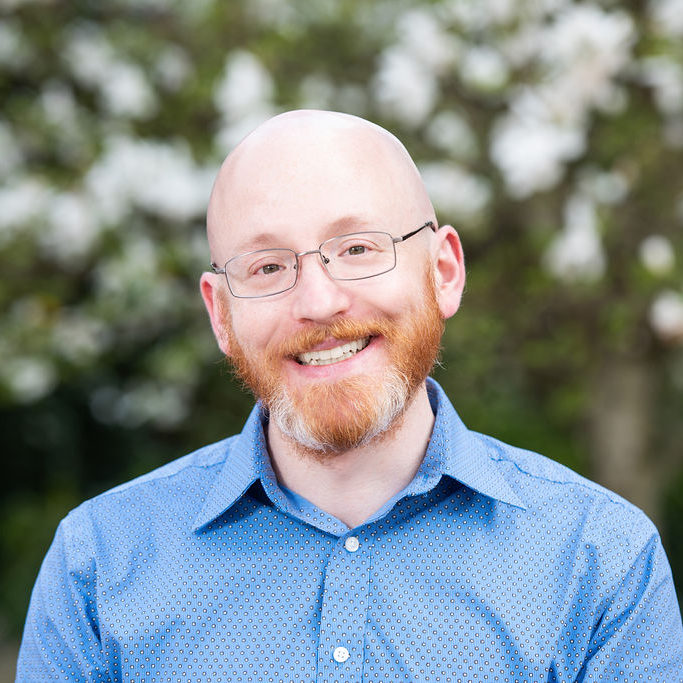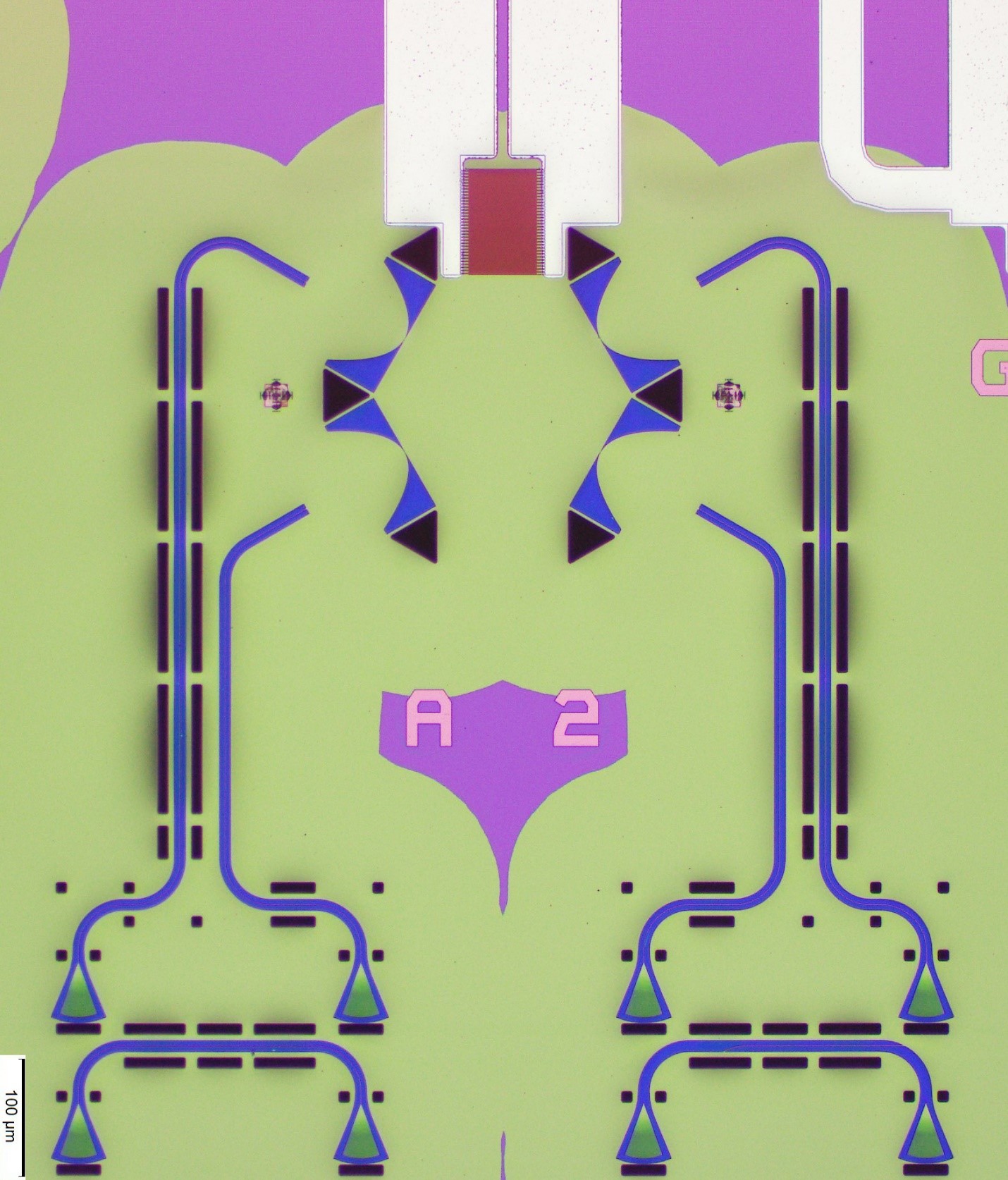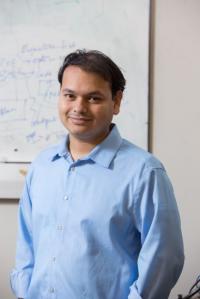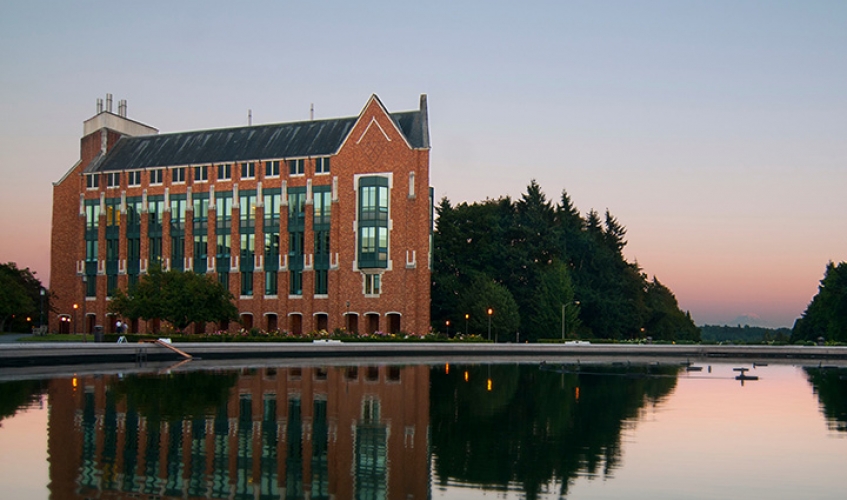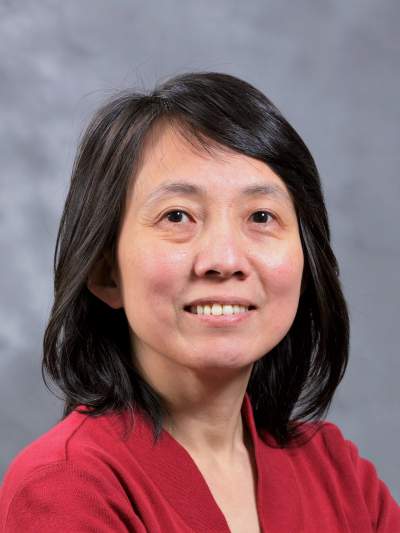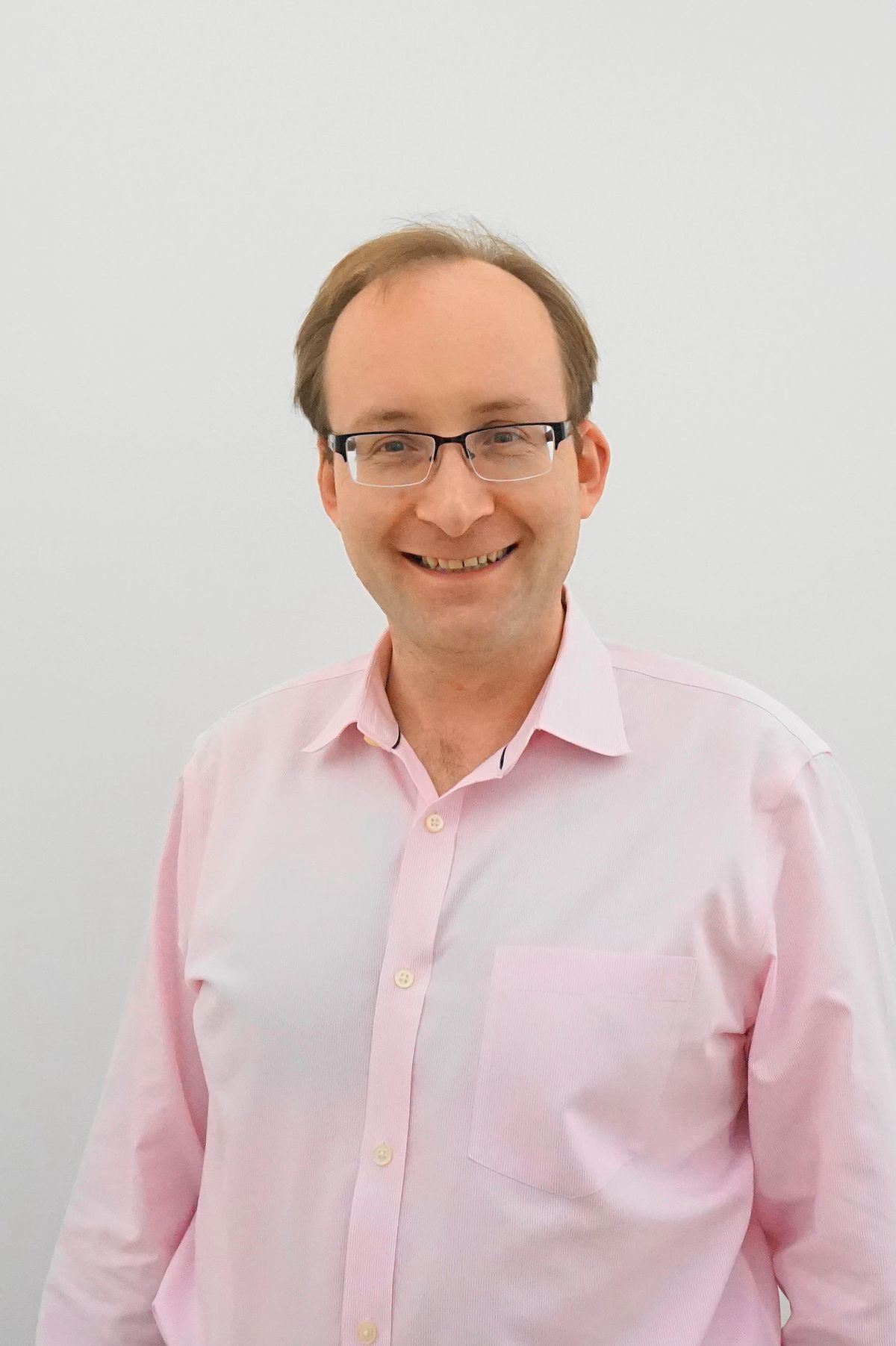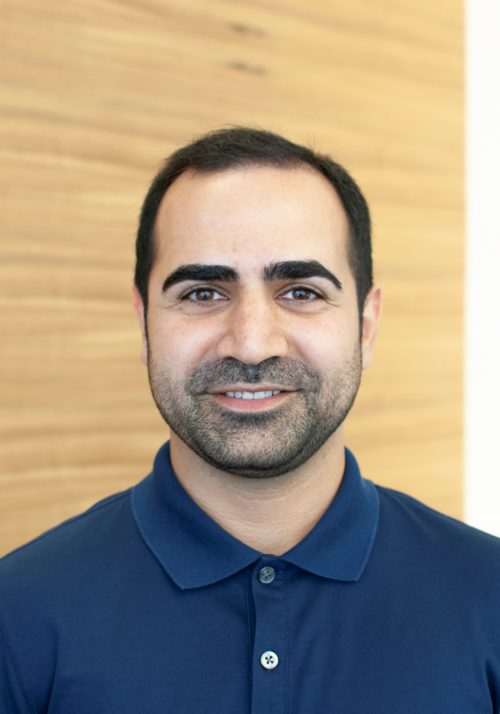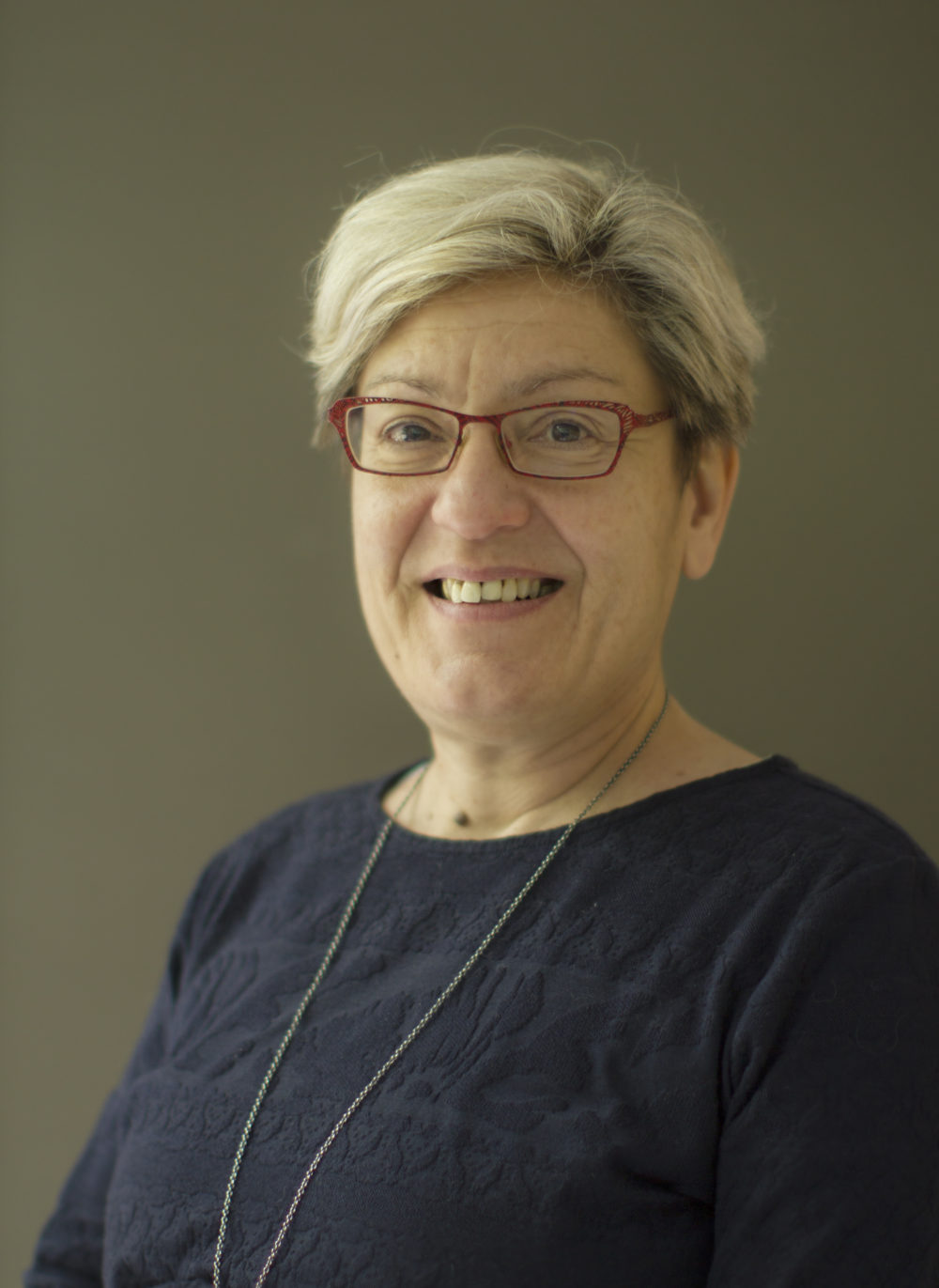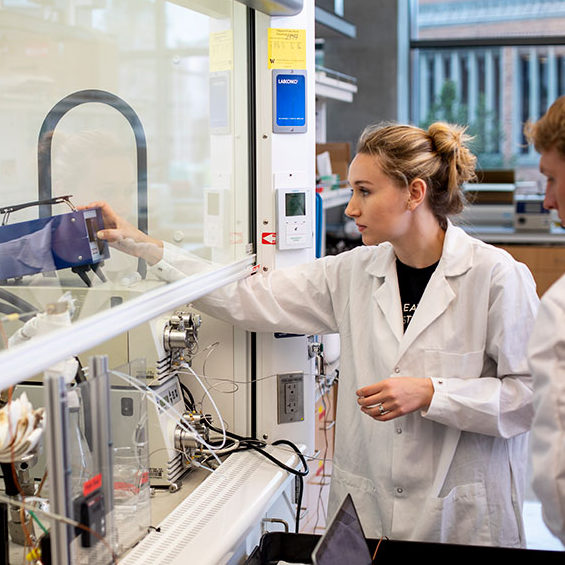It’s National Nanotechnology Day! Celebrate by listening to our very own Dan Ratner, UW Professor of Bioengineering, on this week’s podcast from the National Nanotechnology Initiative as he talks about his passion for sharing the awesome power of nanotechnology with the next generation of scientists and engaged citizens.
Celebrating national nanotechnology day: A conversation with Dan Ratner
